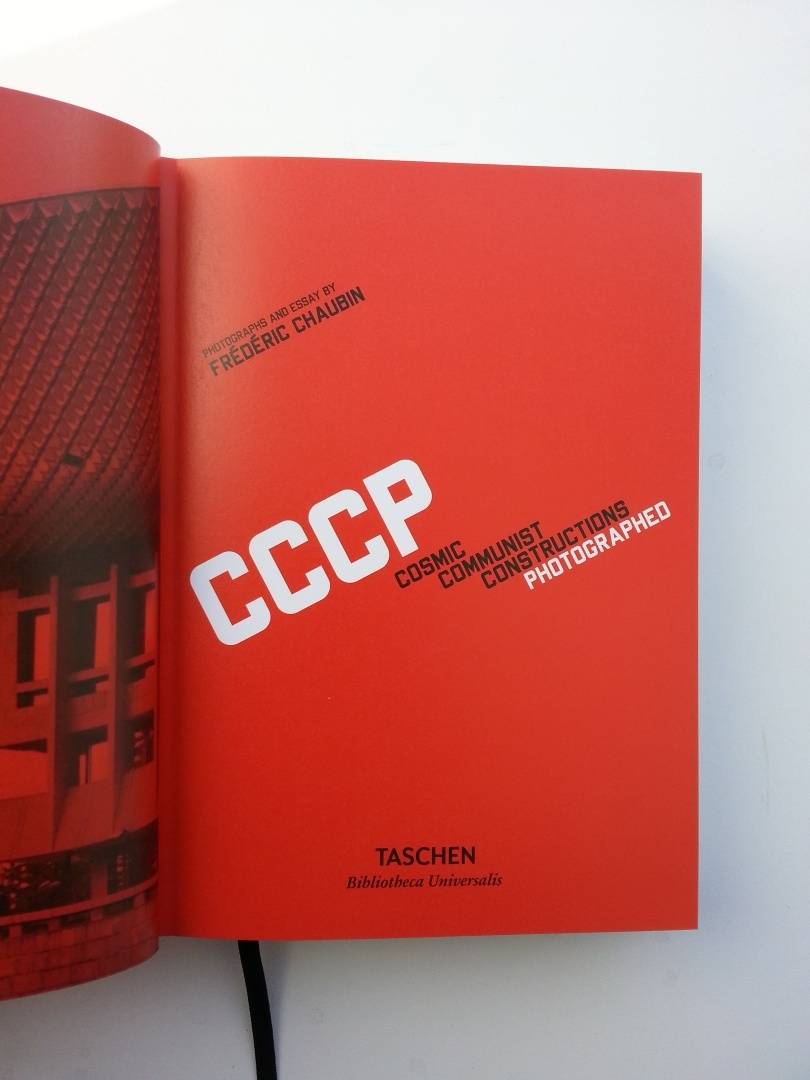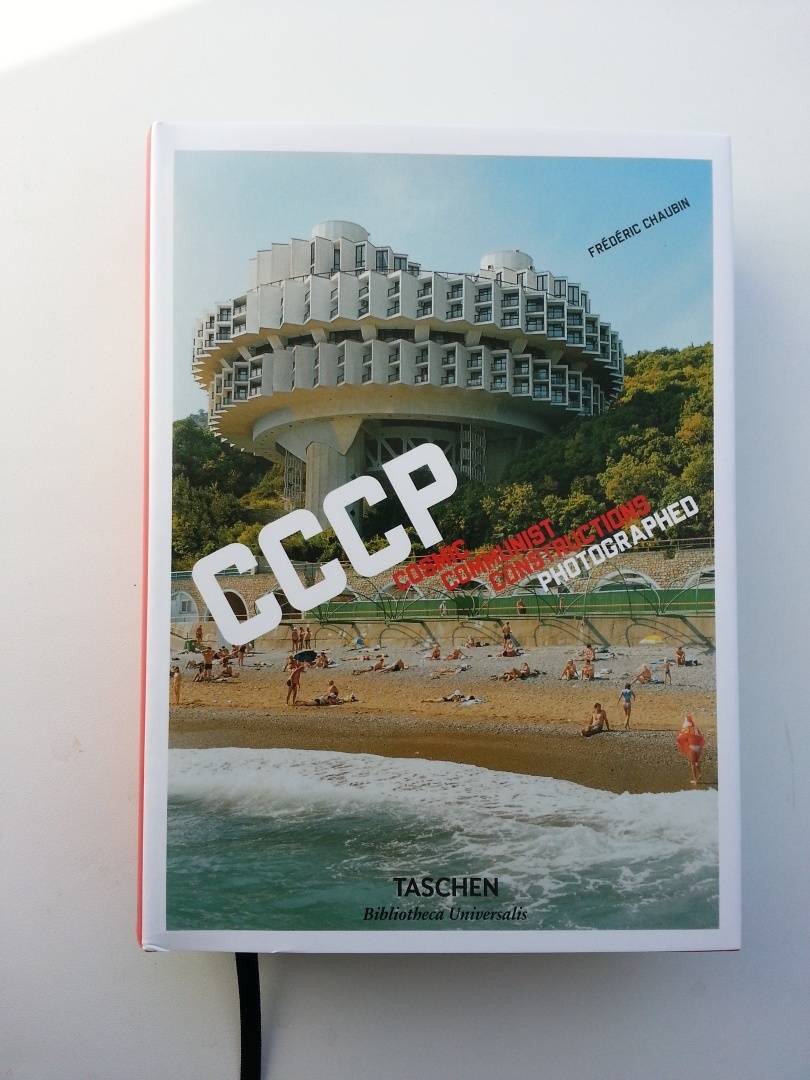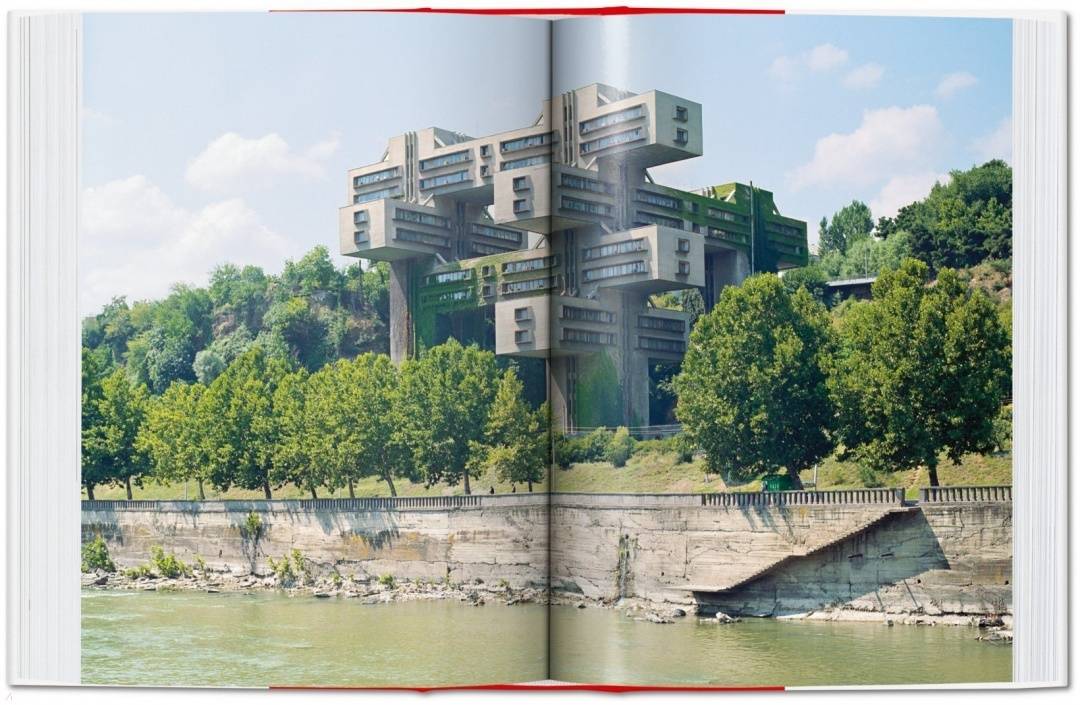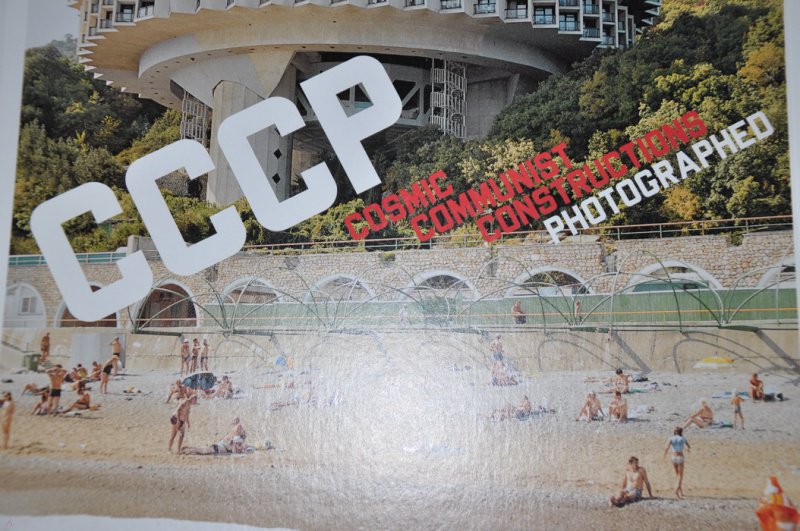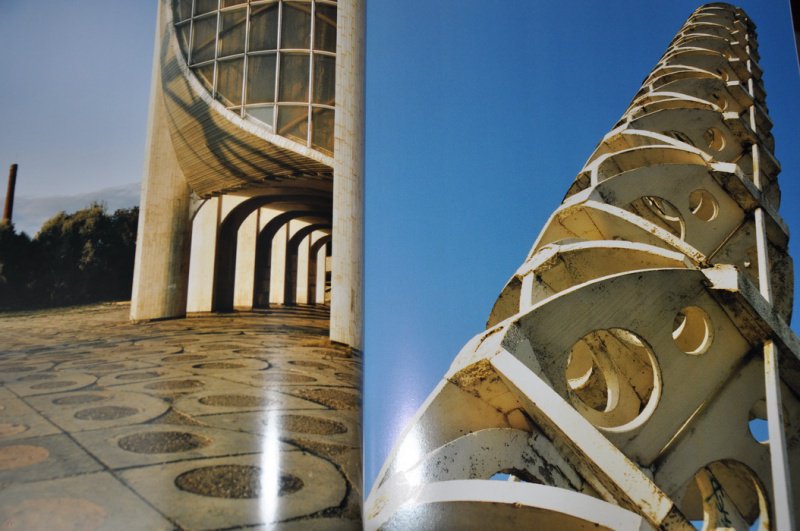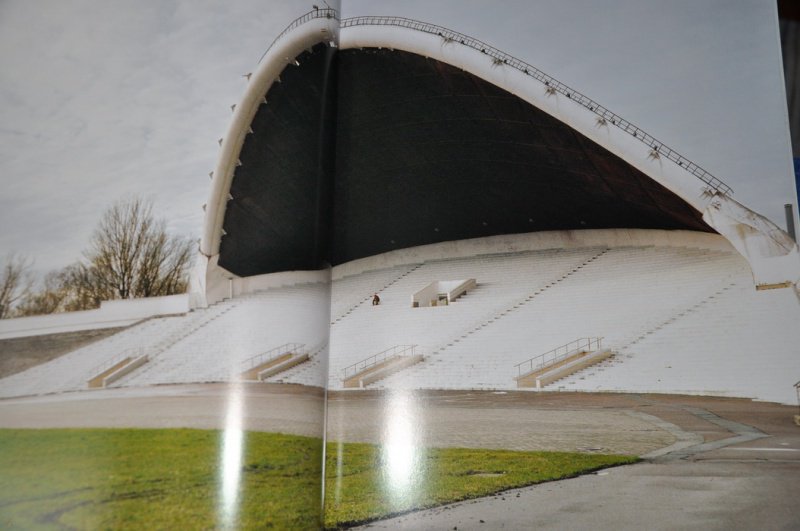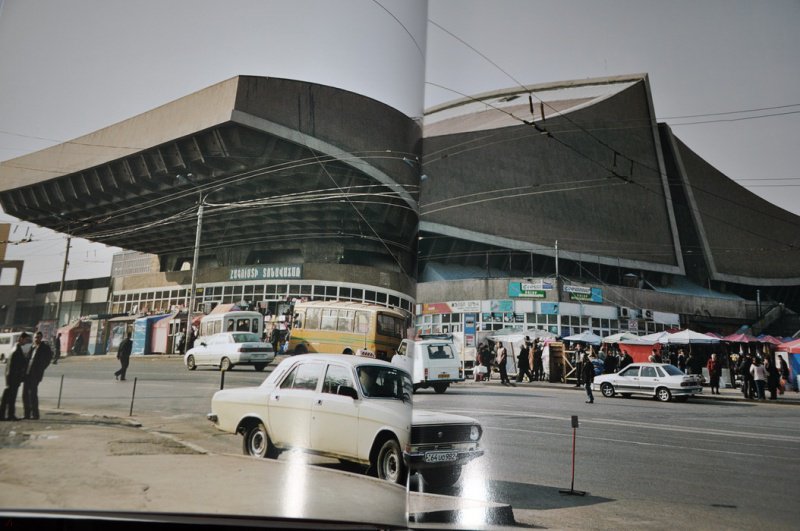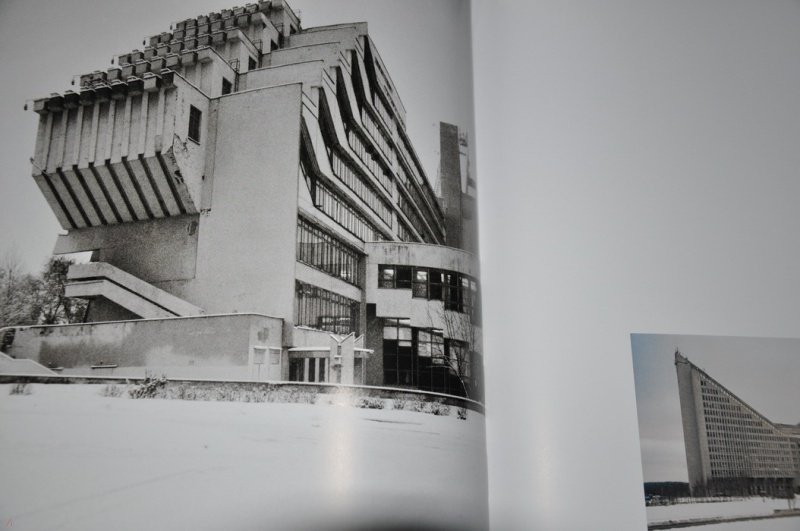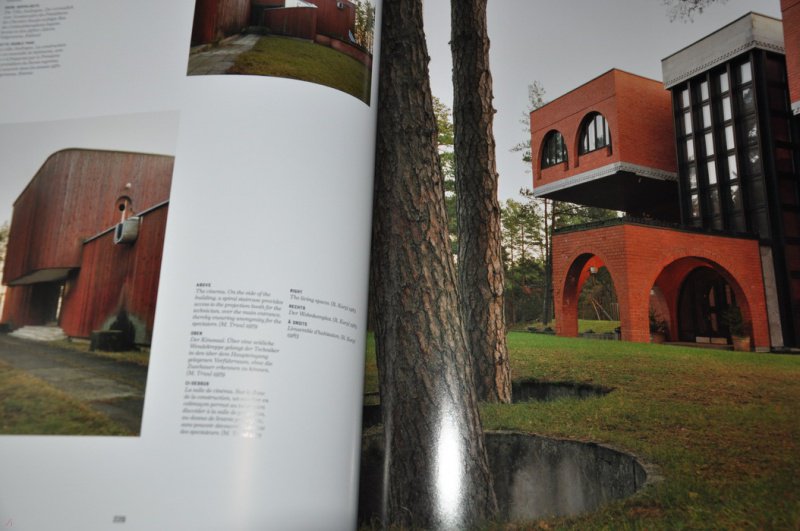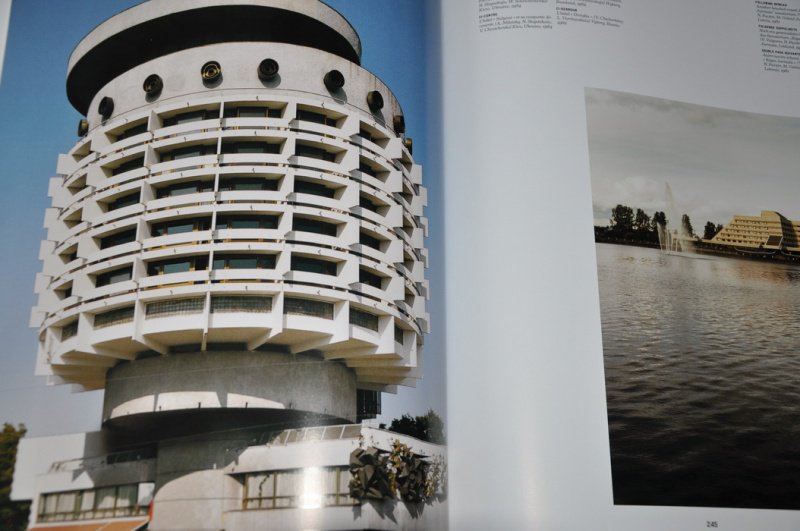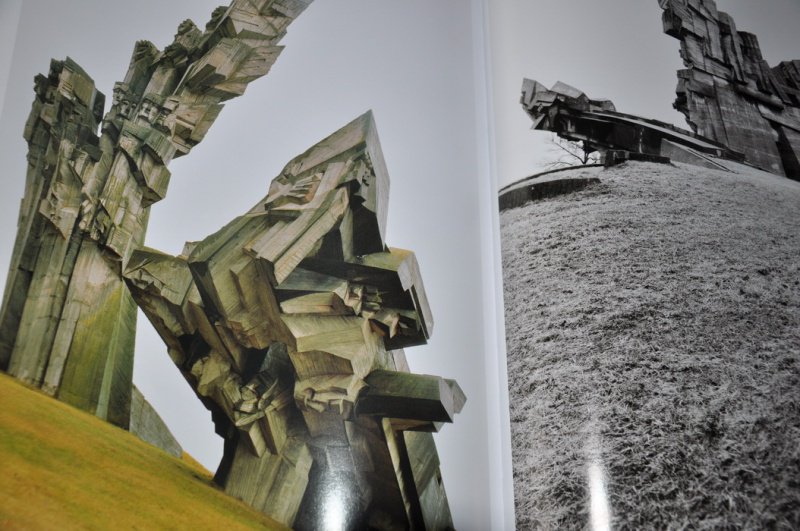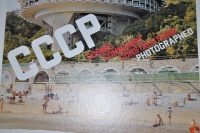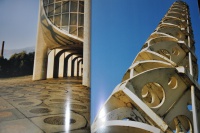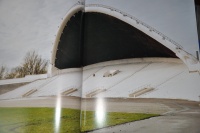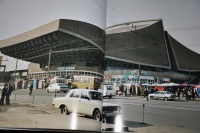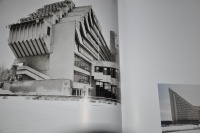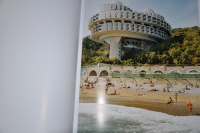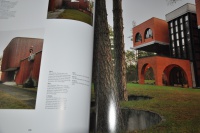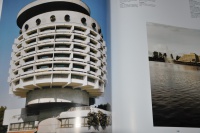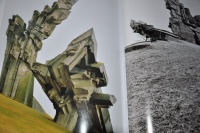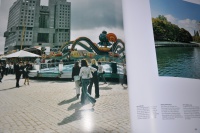CCCP: Cosmic Communist Constructions Photographed: Frederic Chaubin
Elected the architectural book of the year by the International Artbook and Film Festival in Perpignan, France, Frеdеric Chaubin's Cosmic Communist Constructions Photographed explores 90 buildings in 14 former Soviet Republics. Each of these structures expresses what Chaubin considers the fourth age
Полная аннотация
Автор
Издательство
Все характеристики
Аннотация
Elected the architectural book of the year by the International Artbook and Film Festival in Perpignan, France, Frеdеric Chaubin's Cosmic Communist Constructions Photographed explores 90 buildings in 14 former Soviet Republics. Each of these structures expresses what Chaubin considers the fourth age of Soviet architecture, an unknown burgeoning that took place from 1970 until 1990.
Contrary to the 1920s and 1950s, no "school" or main trend emerges here. These buildings represent a chaotic impulse brought about by a decaying system. Taking advantage of the collapsing monolithic structure, architects went far beyond modernism, going back to the roots or freely innovating. Some of the daring ones completed projects that the Constructivists would have dreamt of (Druzhba Sanatorium, Yalta), others expressed their imagination in an expressionist way (Palace of Weddings, Tbilisi). A summer camp, inspired by sketches of a prototype lunar base, lays claim to Suprematist influence (Prometheus youth camp, Bogatyr). Then comes the "speaking architecture" widespread in the last years of the USSR: a crematorium adorned with concrete flames (Crematorium, Kiev), a technological institute with a flying saucer crashed on the roof (Institute of Scientific Research, Kiev), a political center watching you like Big Brother (House of Soviets, Kaliningrad).
In their puzzle of styles, their outlandish strategies, these buildings are extraordinary remnants of a collapsing system.In their diversity and local exoticism, they testify both to the vast geography of the USSR and its encroaching end of the Soviet Union, the holes in a widening net. At the same time, they immortalize many of the ideological dreams of the country and its time, from an obsession with the cosmos to the rebirth of identity.
Contrary to the 1920s and 1950s, no "school" or main trend emerges here. These buildings represent a chaotic impulse brought about by a decaying system. Taking advantage of the collapsing monolithic structure, architects went far beyond modernism, going back to the roots or freely innovating. Some of the daring ones completed projects that the Constructivists would have dreamt of (Druzhba Sanatorium, Yalta), others expressed their imagination in an expressionist way (Palace of Weddings, Tbilisi). A summer camp, inspired by sketches of a prototype lunar base, lays claim to Suprematist influence (Prometheus youth camp, Bogatyr). Then comes the "speaking architecture" widespread in the last years of the USSR: a crematorium adorned with concrete flames (Crematorium, Kiev), a technological institute with a flying saucer crashed on the roof (Institute of Scientific Research, Kiev), a political center watching you like Big Brother (House of Soviets, Kaliningrad).
In their puzzle of styles, their outlandish strategies, these buildings are extraordinary remnants of a collapsing system.In their diversity and local exoticism, they testify both to the vast geography of the USSR and its encroaching end of the Soviet Union, the holes in a widening net. At the same time, they immortalize many of the ideological dreams of the country and its time, from an obsession with the cosmos to the rebirth of identity.
Свернуть
Характеристики
Автор
Издательство
ID товара
649219
ISBN
9783836565059
Язык
Английский
Страниц
448 (Мелованная)
Вес
902 г
Размеры
202x150x42 мм
Тип обложки
7Б - твердая (плотная бумага или картон)
Оформление
Частичная лакировка, ляссе, супер
Иллюстрации
Черно-белые + цветные
Все характеристики
Нет в продаже
Рецензии на книгу
Читали книгу? Как она вам?
Мы всегда рады честным, конструктивным рецензиям.
Покупатели 2
Эксперты 1
Екатерина Кадомцева
9 февраля 2020 в 0:33
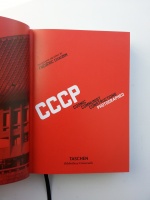
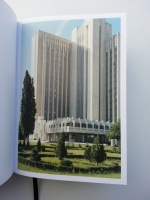
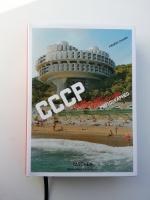
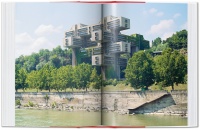
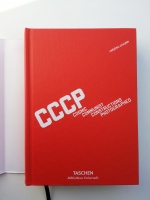
Книга с "говорящим" названием пестрит яркими фото, по сути она - хороший фотоальбом, качественно сделанный для тех, кто, возможно, ностальгирует по Союзу или тех, кто теперь заинтересован архитектурой СССР.
Качественное издание, на "пятерку", рекомендую
Понравилась рецензия?
Да
Книги из жанра
1 2162 432 -50% Еще 1 день
Балконы Санкт-Петербурга. Металлические кружева художественного декора XVIII-XX веков
Калиничев Борис Андреевич1 6083 215 -50% Еще 1 день
Великие столицы без городских стен.Интерпретация динамики развития столичных городов в Древнем Китае
Сюй Хун1 5543 107 -50% Еще 1 день
Архитектурная азбука Москвы. От Авангарда до Яузы. Феномены московской архитектуры
Козис Владимир Евгеньевич15 12130 241 -50% Еще 1 день
6 35412 707 -50% Еще 1 день
5 37410 747 -50% Еще 1 день
Что читать вместе с книгой "CCCP: Cosmic Communist Constructions Photographed"

Вдохновение, открытия, мотивация: идеи для подарков на английском
Декабрь 2023 •  3 558
3 558

Taschen. От магазина комиксов до книжного бренда класса люкс
Ноябрь 2023 •  6 823
6 823



